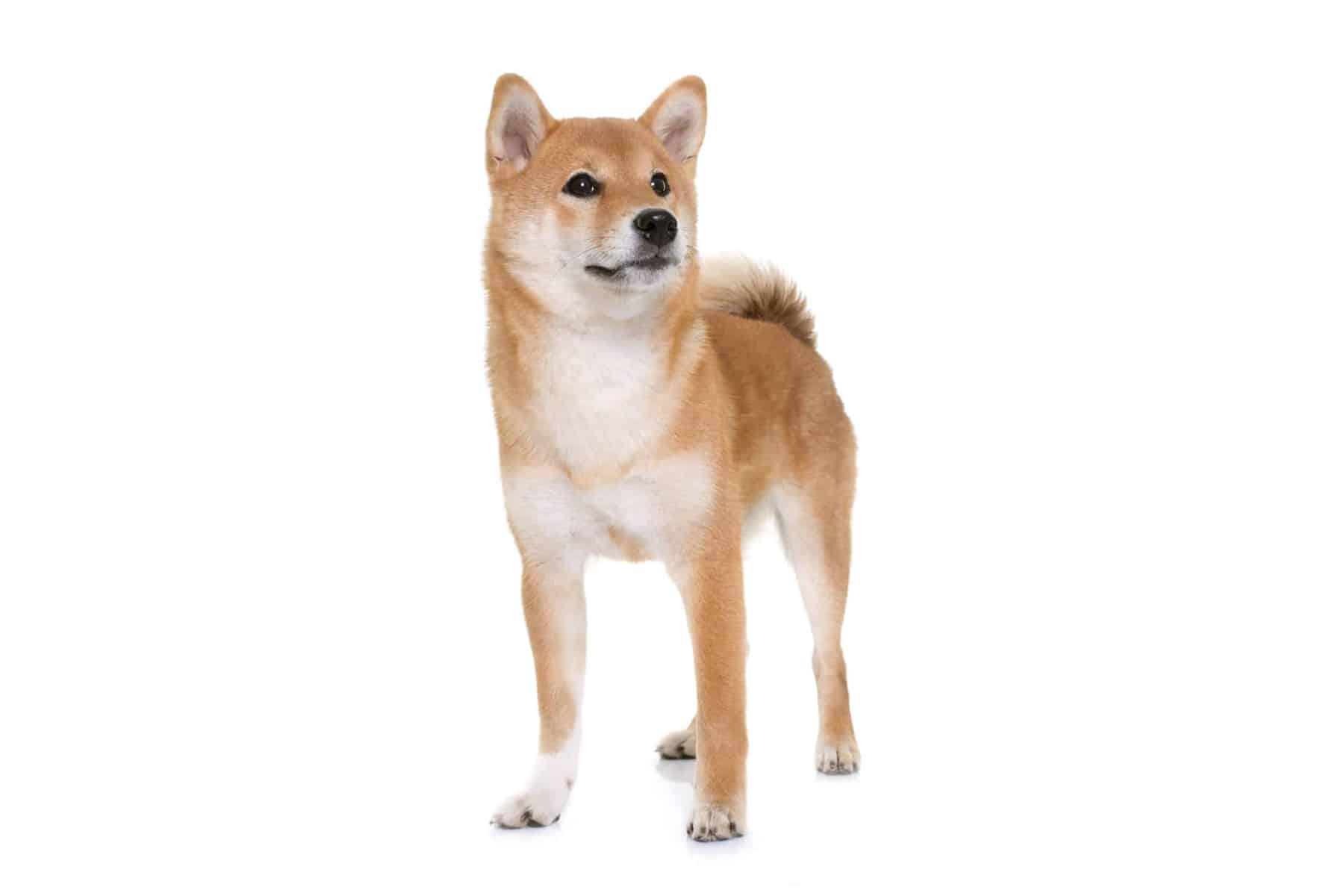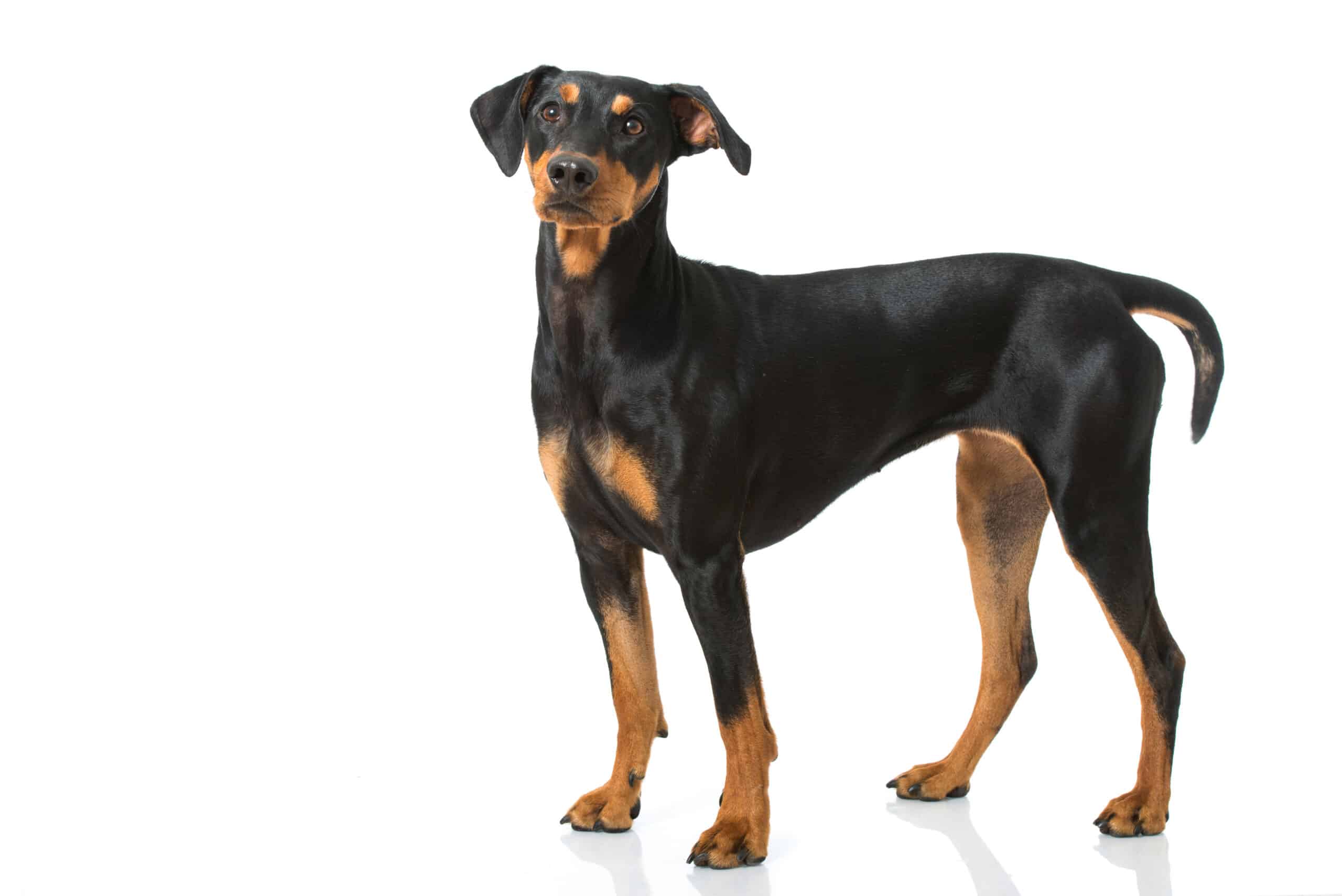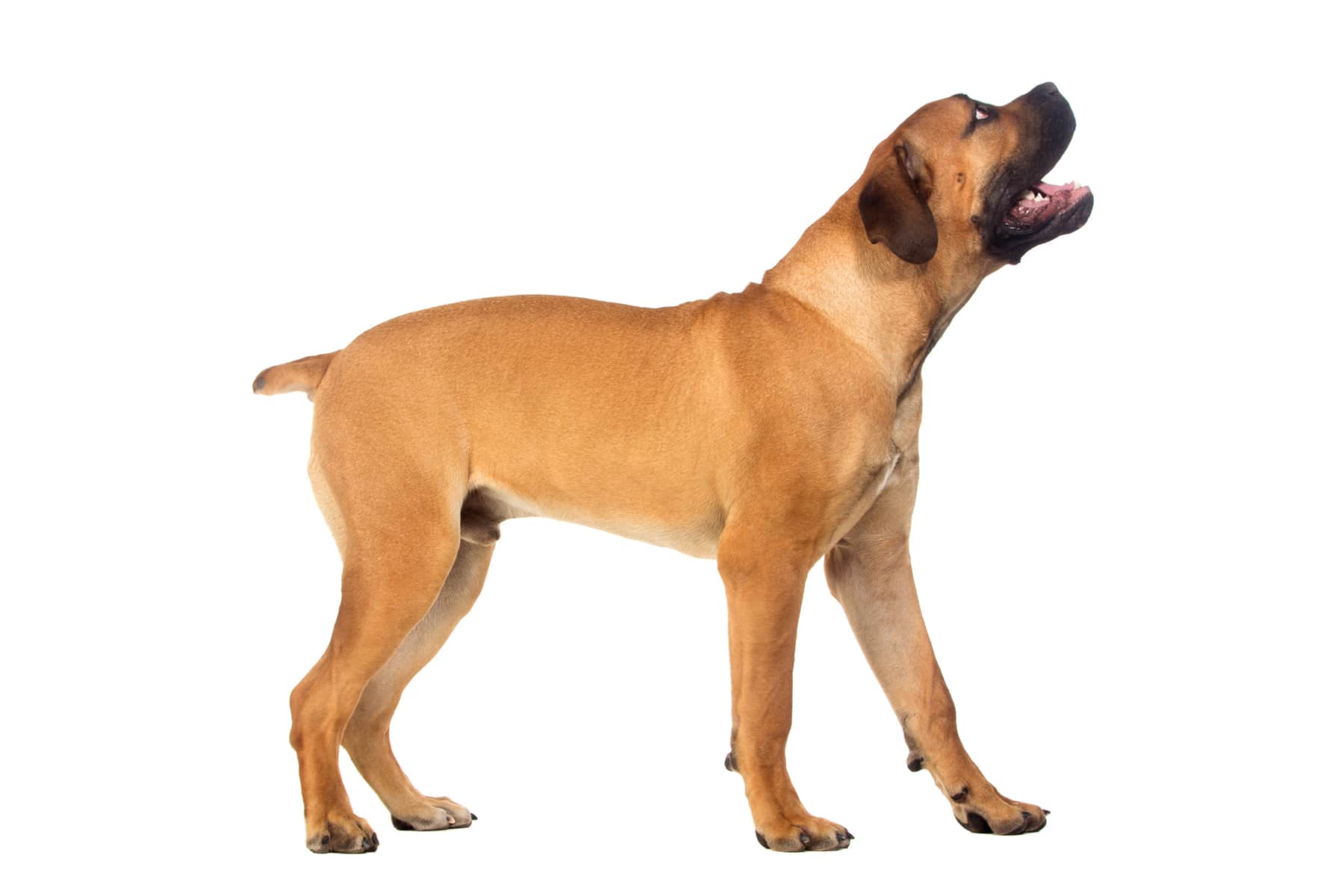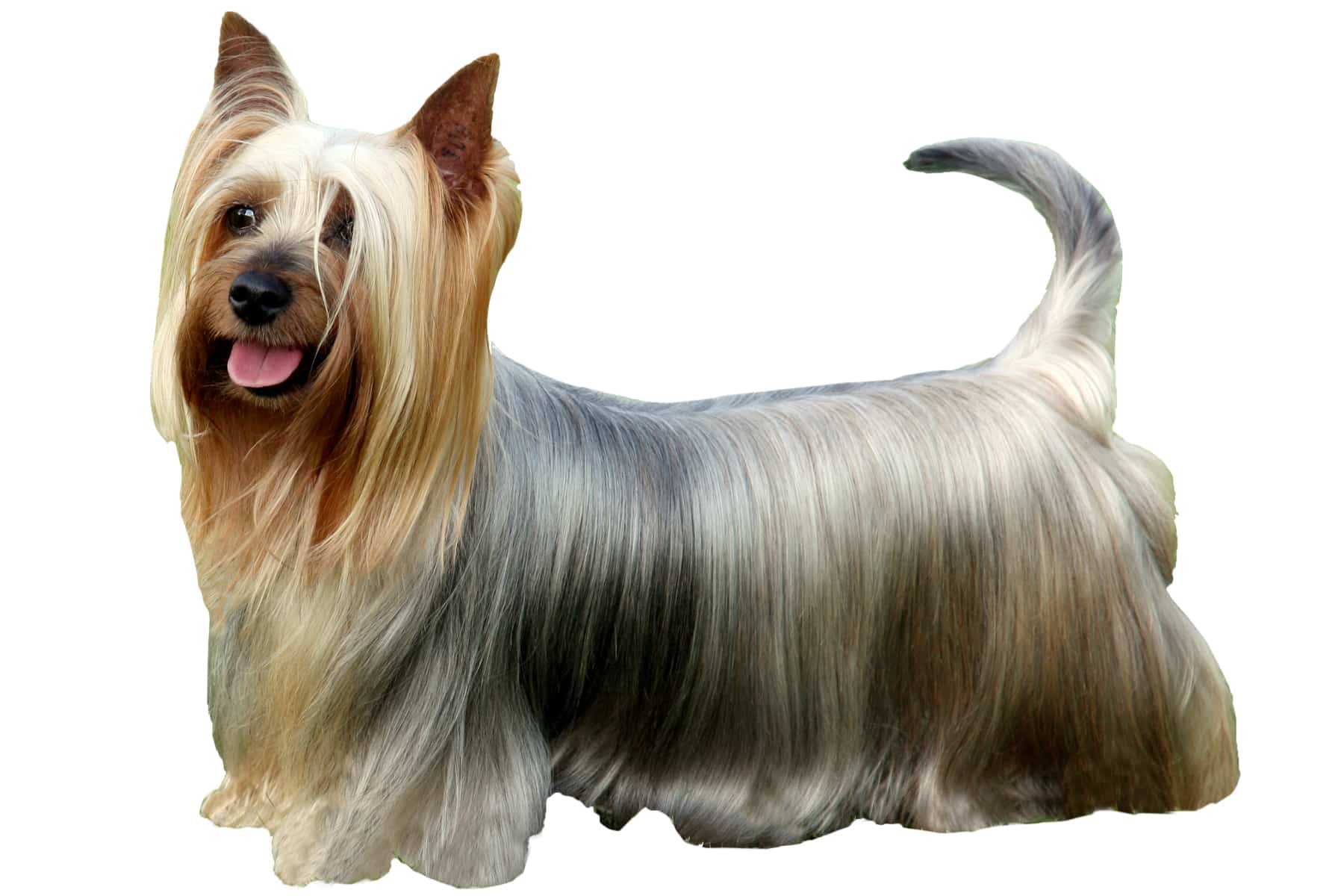Dobermann
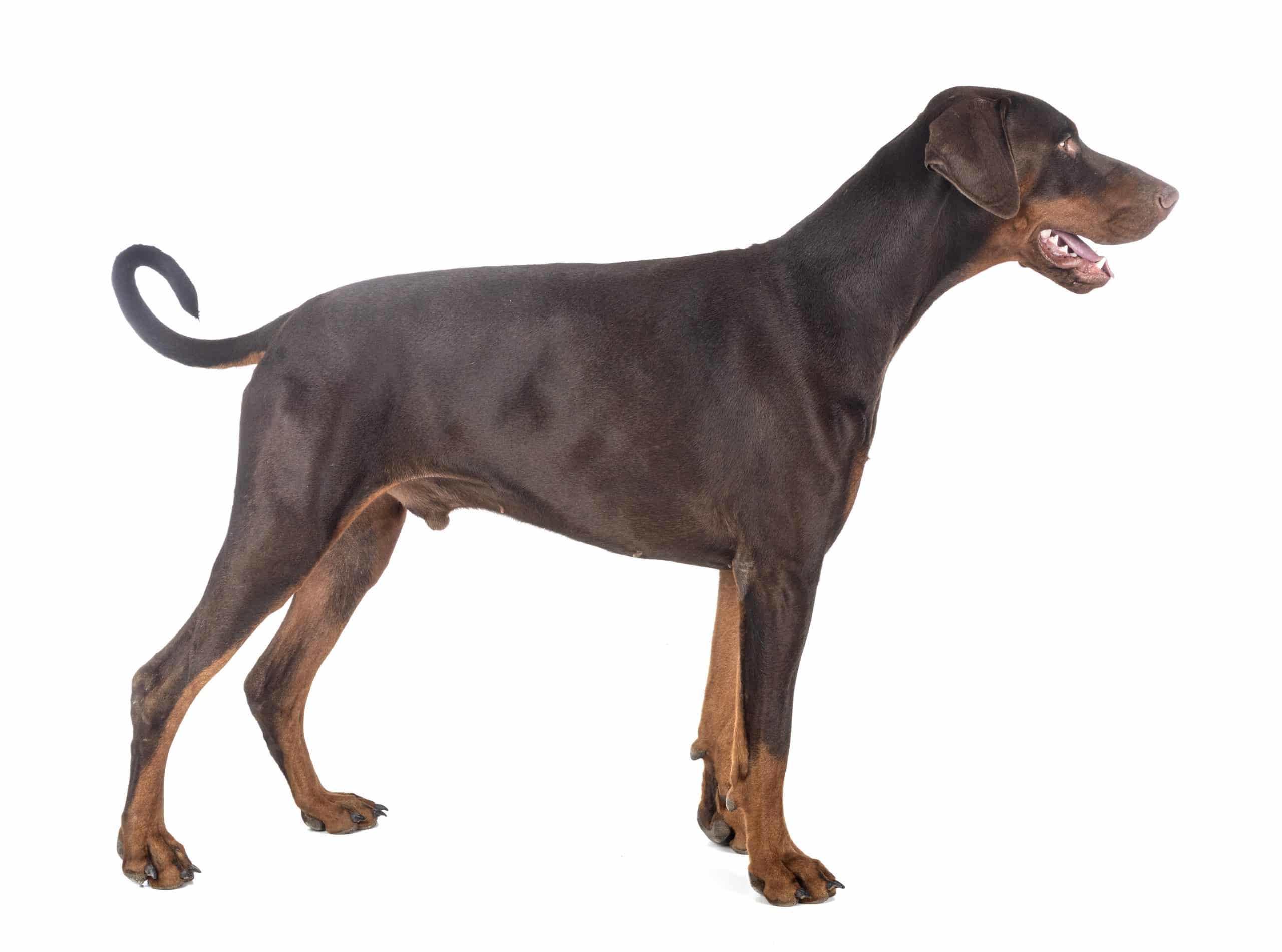
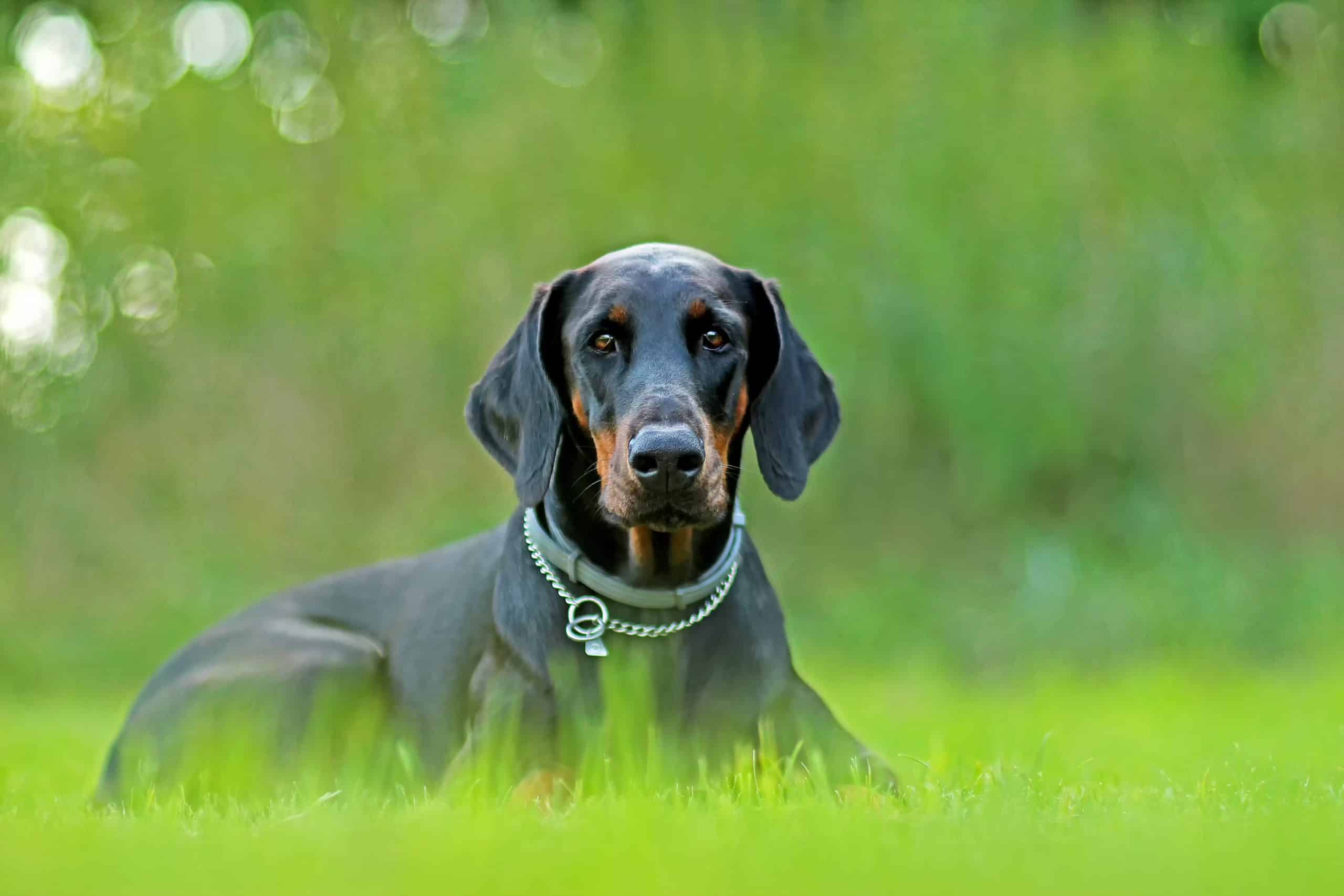
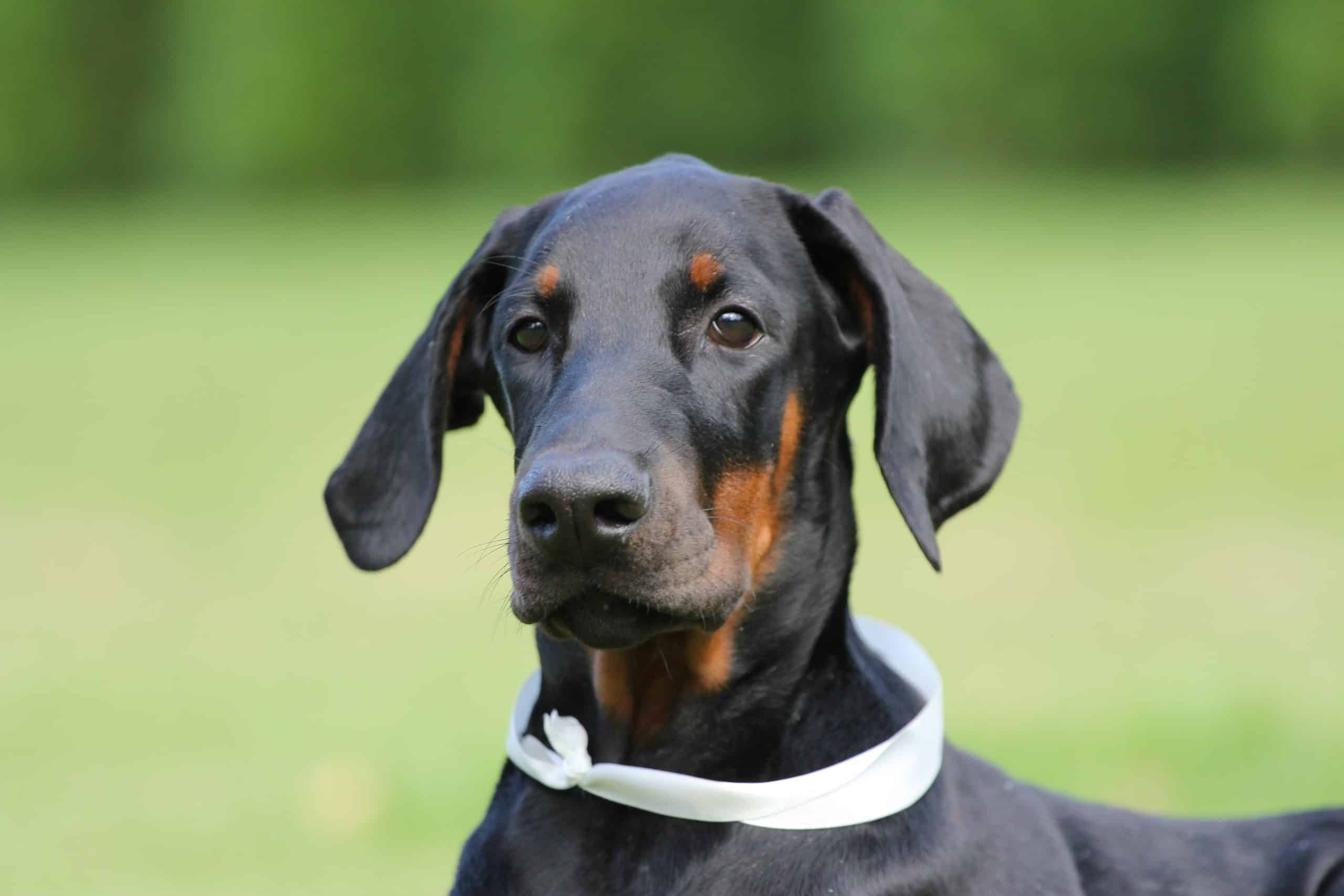
Temperament:
The Dobermann is a strong, large dog. It has a loyal and friendly nature. Nevertheless, it is very alert and shows a pronounced protective instinct. It can be an absolutely reliable and gentle dog. However, it is dependent on the expert guidance of its owner.
Characteristics
Muscular and strong with a proud and elegant stance. It is not for nothing that the Dobermann is referred to as the "ideal dog". The Dobermann is a group 2 dog breed recognized by the FCI. Males grow to an average height of 60 cm and weigh around 32 kg, bitches are slightly smaller.
The breed has a rather elongated head. It is characterized by a supple and muscular body. In the past, the ears were often cropped to keep them erect. The tail was also often docked.
The Dobermann's coat is short, shiny and smooth. The coat color varies between black, fawn, dark red and blue. The Dobermann has rust-colored markings on the face, chest and legs. The average life expectancy of a Dobermann is 10 to 12 years.
As a well-trained dog, the Dobermann is ideal as a family dog. This elegant four-legged friend is born with a friendly nature. Nevertheless, its size and guarding instinct can make it dangerous as an adult dog. However, this is only the case if the Dobermann is trained or trained incorrectly.
Fond of children, affectionate and easy to lead on the lead. This is how the muscular dog shows itself when it has been trained well and lovingly. The Dobermann is gentle, sensitive and easy to get along with. It gets on well with other four-legged friends. It should have been well socialized and trained as a puppy.
Teaching a Dobermann is a real pleasure. He is intelligent, obedient, athletic and loves to learn tricks. He also likes to let off steam in various dog sports such as obedience or agility. The Dobermann will join in with all your activities. He is also happy to accompany you on your daily jog.
However, the breed is not necessarily suitable for beginners. Its intelligence and alertness can be dangerous if not trained consistently. It can make its own decisions, which are not always desirable.
Ideally, you should bring a Dobermann puppy into your home at the age of eight weeks. Then you should start immediately with consistent training. This way, the dog will know from the start what it is allowed to do and what it is not allowed to do. The dog will also memorize you as a caregiver. This makes training much easier. It also strengthens the relationship between you and your dog.
Socialization should begin with the breeder. The breeder should familiarize the puppies with everyday noises. The puppies should also be accustomed to unfamiliar people and animals. Thorough research is therefore necessary before buying in order to find a reputable breeder.
Coat care:
Shedding:
Energy level:
Trainability:
Children suitable:
The right food
The needs and requirements of the food are very different. The food depends on the Dobermann's area of use and activity. As a guard and watchdog on duty, the energy requirement is rather high. With increasing activity, the amount of food required increases.
Even as a family dog, your four-legged friend needs to be kept busy and always get enough exercise. This can be achieved through various sports programs. Games and long walks together are also part of this.
Only through extensive and regular activity can the dog calm down. This keeps him balanced and, after training, he is happy to do nothing.
Therefore, this powerhouse must of course be fed accordingly. But it's not just activity and breed that bring with them special needs. Every four-legged friend has its own characteristics and individual nutritional requirements.
Energy and nutrient requirements vary according to weight, size, activity and state of health.
The feeding of rewards and treats should be taken into account and deducted from the basic diet.
When it comes to dog food, you can choose between dry and wet food. These two types of food can also be combined. This is a matter of opinion.
When choosing food, make sure that it contains high-quality ingredients, is balanced and meets your dog's needs. You should follow the manufacturer's recommendations when it comes to feeding quantities.
Health & Care
The Dobermann is a very low-maintenance dog. It has a very short coat without a matted undercoat. The coat requires very little grooming. It does not need to be groomed daily, as is often the case with long-haired dogs.
The Dobermann is already happy with an extensive brushing. Ideally, this should be done once a week. A special currycomb or a soft dog brush will suffice. This removes dust and dirt from the short coat. Regular brushing also gives the coat a beautiful shine. At the same time, brushing promotes blood circulation and stimulates the circulation.
The Dobermann is one of the low-maintenance dog breeds. As a rule, the dogs shed little or not at all. Nevertheless, you should not be an extreme cleanliness fanatic. Dog hair on floors and furniture is part and parcel of having a dog in the house. If you want to reduce the amount of hair, you can brush your dog well every day instead of once a week.
But there are other grooming measures. You should incorporate these into your routine with your Doberman. Eyes, ears, mouth and teeth must be cleaned regularly. The paws and claws also need to be checked. If the claws do not wear off by themselves, you should have them trimmed.
Suitable accessories
Dobermans are particularly active and in need of exercise. If they can really let off steam, they are happier and much more balanced. Toys such as balls and frisbees are suitable for exercising your dog. These are available to buy as accessories for large dogs.
The four-legged friend is also well suited to all kinds of dog sports. Agility and obedience, for example, are the most suitable. Swimming or search and tracking games are also popular. The intelligent dog also wants to be challenged mentally. He grows with new tasks and challenges.
For the winter months, it is advisable to get your Dobermann a suitable winter coat. The rather thin undercoat makes the elegant dog feel cold easily. A dog coat protects against hypothermia and colds. You should also have a dog bathrobe at home.
Other accessories you should have for your dog are collar or harness with lead, sleeping basket or mat as a retreat, food and water bowl, tick tweezers, claw clippers, transport box for transportation in the car.
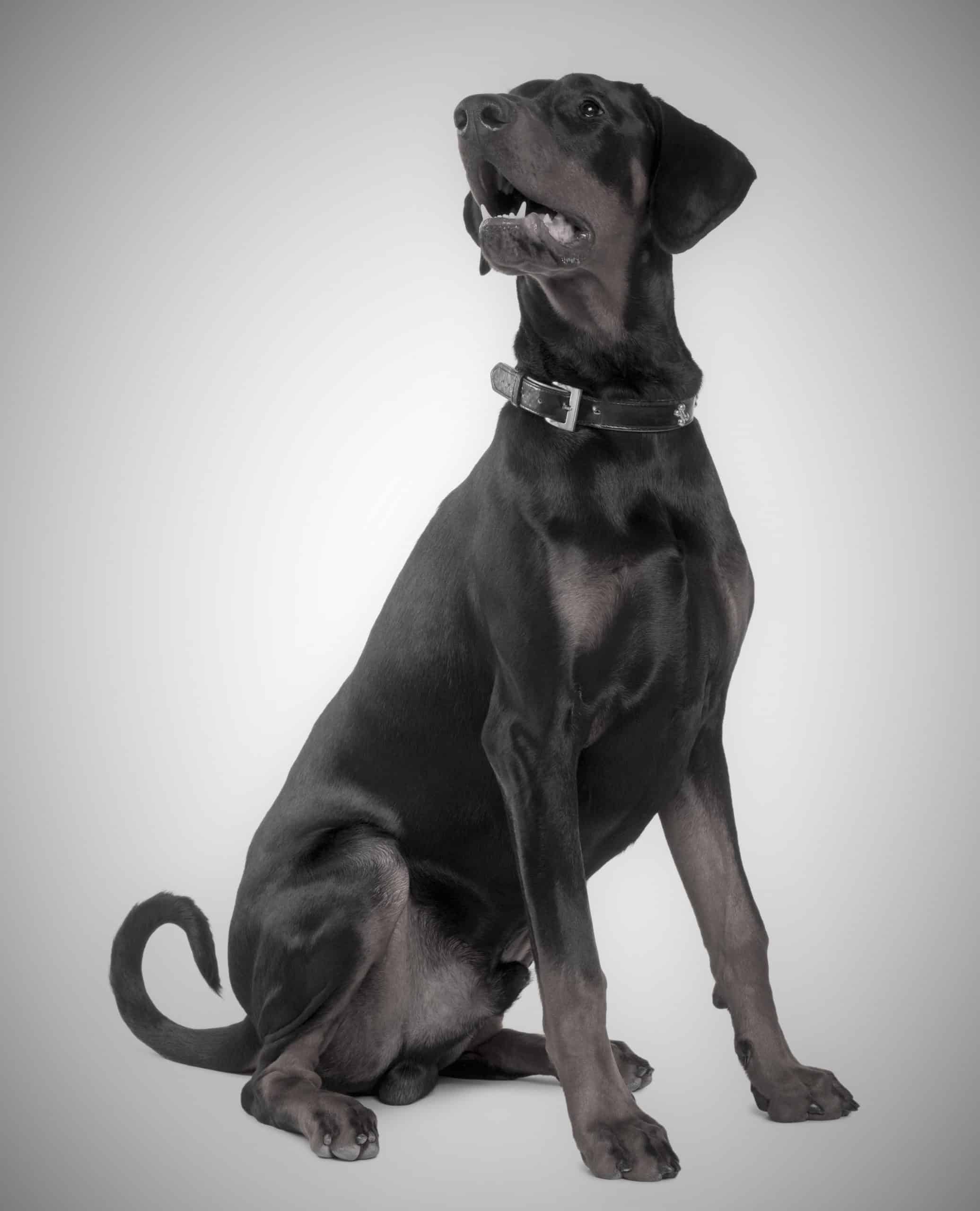
Origin & History
The Dobermann is a relatively young dog breed that originally comes from Germany. The breed was first bred in the early 1870s by "Friedrich Louis Dobermann". He came from Apolda in Thuringia. The Dobermann is the only dog breed to be named after its breeder.
At the time, the eponym worked as a dog catcher and tax collector. He therefore practiced two rather unpopular professions. As a result, he was not very popular with those around him. He therefore wanted to breed a special dog for his own protection. This dog was to scare off strangers with its appearance alone. It should also be able to restrain them in case of doubt.
In order to achieve the desired characteristics, German shepherds were crossed with Rottweilers. They are dogs with a strong protective instinct. They also have a pronounced courage and an active nature.
The resulting Dobermann is persistent and agile. He has keen senses and a strong protective instinct. He also has an intelligent sense of right and wrong. This instinct must be taught to him. Otherwise he will make decisions at his own discretion. From a human perspective, this can also go in an undesirable direction.
Due to all these characteristics, the Dobermann was already favored as a police dog in the 20th century. This gave him the nickname "gendarme dog". It was also popular as a hunting, working and guard dog. Due to its affectionate character, the Dobermann is also ideal as a family dog. The dog is very affectionate and open-minded, especially towards children.
Even today, the Dobermann is still a popular police and guard dog. They are also used by customs and the military. These intelligent dogs are also frequently used as therapy, rescue or guide dogs for the blind.
